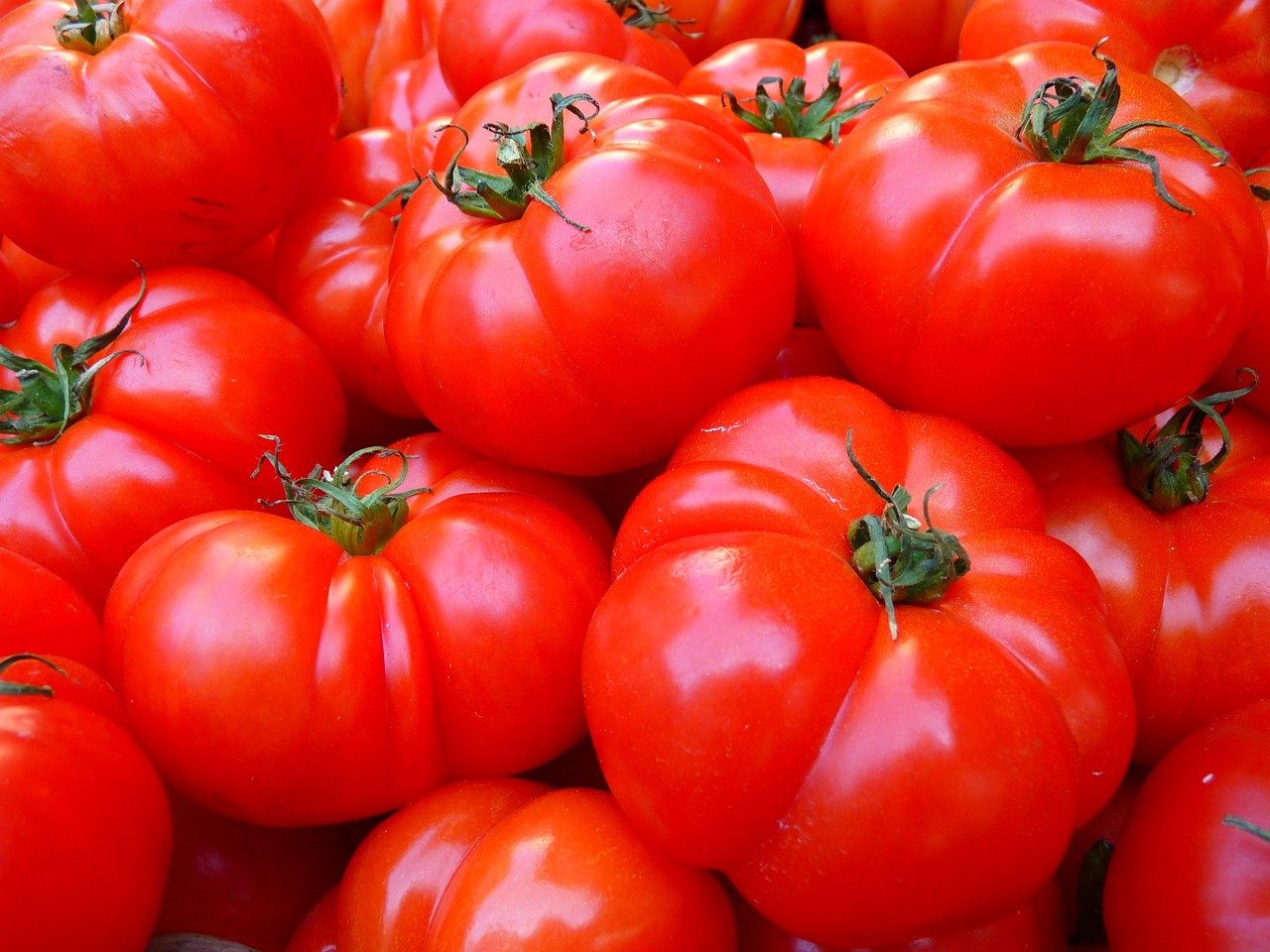“`html
In today’s fast-paced world, meal prep has surged in popularity, becoming an essential aspect of healthy eating and efficient living. By dedicating a few hours each week to plan and prepare meals in advance, individuals and families can enjoy the dual benefits of healthier eating and time savings during busy weekdays. Whether you’re a fitness enthusiast aiming to fuel your workouts or a busy professional looking to eat better, mastering the art of meal prep is your ticket to success.
Understanding Meal Prep
Meal prep refers to the practice of planning and preparing meals ahead of time, typically for a week. This process not only saves time during chaotic weekdays but also allows individuals to make healthier food choices. Understanding meal prep can help you tailor it to suit your lifestyle and dietary needs.
Types of Meal Prep
- Full Meal Prep: Preparing entire meals that can be reheated and consumed throughout the week.
- Ingredient Prep: Prepping ingredients such as chopped veggies or cooked grains that can be assembled into meals later.
- Snacks and Smoothies: Preparing healthy snacks or smoothie packets for quick access when hunger strikes.
Benefits of Meal Prep
The advantages of meal prepping extend beyond mere convenience. Here are some key benefits:
- Time-Saving: Preparing meals in bulk reduces the amount of time spent cooking during the week.
- Cost-Effective: Buying ingredients in bulk can significantly reduce grocery costs.
- Healthier Choices: Planning meals ahead allows for more control over ingredients and portion sizes.
- Reduced Food Waste: Efficient planning minimizes the risk of food going bad before consumption.
Getting Started with Meal Prep
Starting your meal prep journey requires a few strategic steps to ensure effectiveness. Here’s a simple roadmap to get you going:
- Set Your Goals: Decide why you want to meal prep. Is it for health, budget, or convenience?
- Create a Plan: Outline meals for the week, considering variety and balance.
- Shop Smart: Make a grocery list based on your meal plan to avoid impulse buying.
- Cook Efficiently: Designate a cooking day, and consider batch cooking ingredients like grains or proteins.
Tools You Need
Having the right tools can streamline the meal prep process:
- Meal prep containers: Invest in quality glass or BPA-free plastic containers.
- Sharp knife: A good knife is essential for efficient chopping and prep.
- Food scale: Use it to measure portions accurately.
- Labeling system: Labels can help you keep track of what meals are in your fridge or freezer.
Easy Meal Prep Recipes
Meal prepping doesn’t have to be bland or boring. Below are some easy recipes that pack flavor and nutrients:
Breakfast Options
- Overnight Oats: Combine rolled oats, almond milk, chia seeds, and berries in jars for a quick breakfast.
- Egg Muffins: Whisk eggs with veggies and bake in muffin tins for portable breakfasts.
Lunch and Dinner Ideas
- Quinoa Bowls: Cook quinoa in advance and mix with grilled chicken, veggies, and a light dressing.
- Stir-Fry Packs: Chop veggies and protein, store them in bags, and quickly stir-fry when ready to eat.
Maintaining Variety in Meal Prep
One of the challenges of meal prep is keeping meals exciting. Here are some tips to avoid monotony:
- Explore Global Cuisines: Try recipes from different cultures to diversify your palate.
- Seasonal Ingredients: Incorporate seasonal produce to keep dishes fresh and flavorful.
- Change Cooking Methods: Alternate between grilling, roasting, and steaming to alter textures.
Conclusion
Meal prep offers a practical solution to maintaining a healthy diet while saving time and money. By getting started with well-planned meals, you can conquer the week ahead with confidence. The key is to focus on your personal goals, experiment with recipes, and make adjustments as needed. With these strategies and insights, you’re well on your way to enjoying the benefits of meal preparation. So grab your containers and get creative in the kitchen—your future self will thank you!
“`



